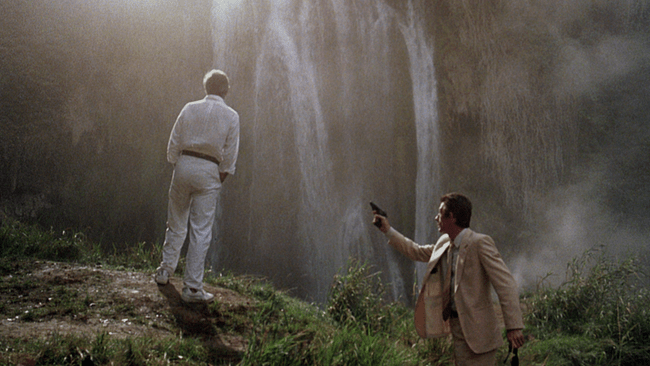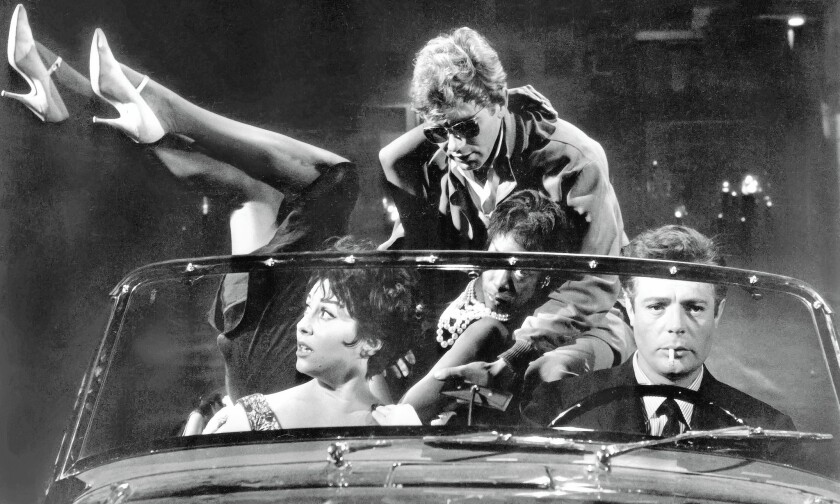By Dennis Hartley
(Originally posted on Digby’s Hullabaloo on July 10, 2021)

The Hot Spot (Kino Lorber)
Considering he accumulated 100+ feature film credits as an actor and a scant 7 as a director over a 55-year career, it’s not surprising that Dennis Hopper is chiefly remembered for the former, rather than the latter. Still, the relative handful of films he directed includes Easy Rider, The Last Movie, Colors, and this compelling 1990 neo-noir, based on Charles Williams’ 1955 novel “Hell Hath No Fury”.
Don Johnson delivers one of his better performances as an opportunistic drifter who wanders into a one-horse Texas burg. The smooth-talking hustler snags a gig as a used car salesman, and faster than you can say “only one previous owner!” he’s closed the deal on bedding the boss’s all-too-willing wife (Virginia Madsen), and starts putting the moves on the hot young bookkeeper (Jennifer Connelly). You know what they say, though…you can’t have your cake and eat it too. Toss in some avarice, blackmail, and incestuous small-town corruption, and our boy finds he is in way over his head.
Kino’s 2K restoration is excellent; picture and audio quality display a vast improvement over the relatively lackluster 2000 MGM DVD. Extras include a new commentary track by entertainment journalist and author Bryan Reesman, new (short) interviews with cast members Virginia Madsen and William Sadler, and a remastered vintage trailer for the film.








